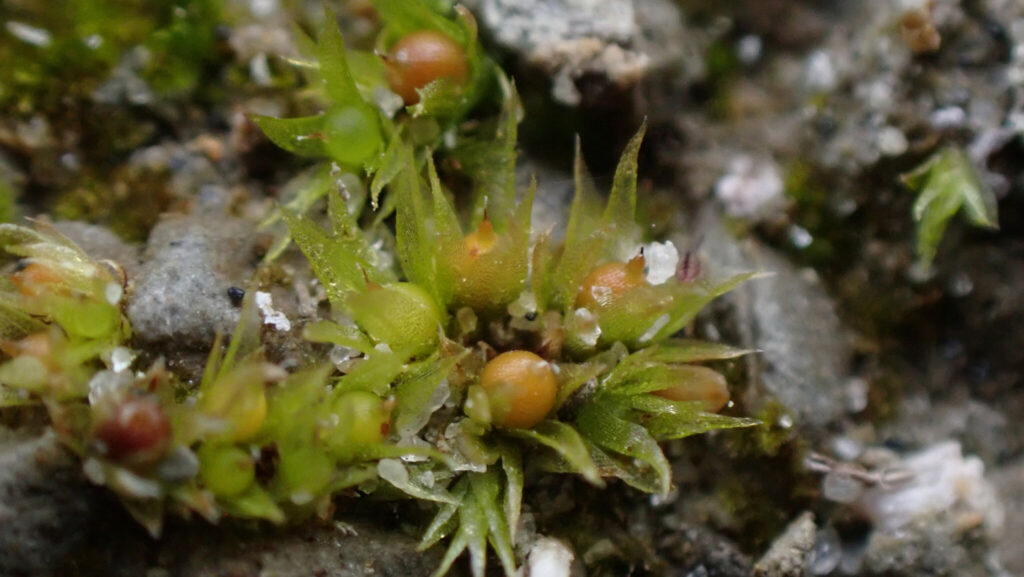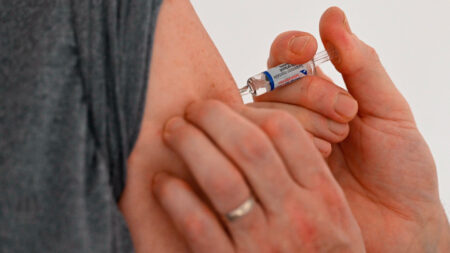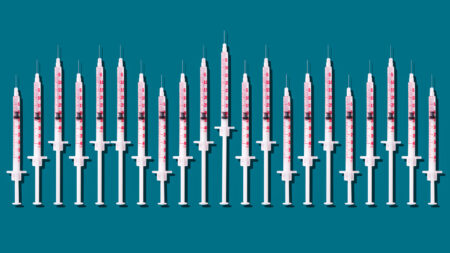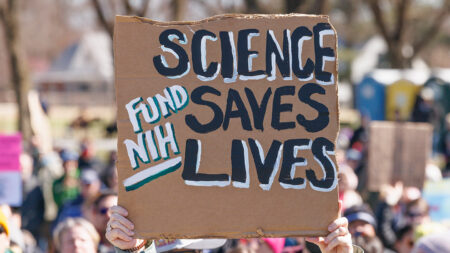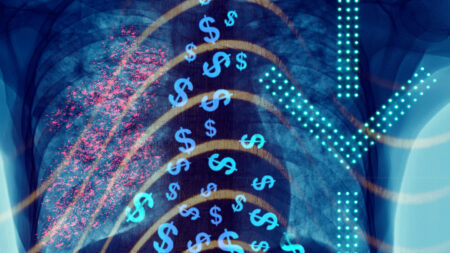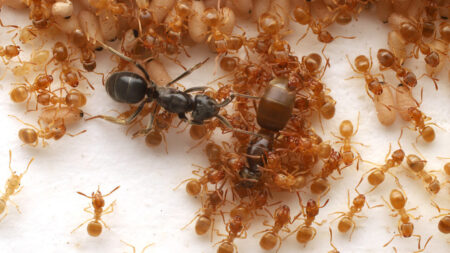In an extraordinary display of biological resilience, moss spores survived for nine months outside the International Space Station. The spores were then returned to Earth, where 86 percent germinated and began to grow, researchers report November 20 in iScience.
When asked what he thought when he saw that so many spores survived, biologist Tomomichi Fujita responded with one word: “Beautiful.”
The research adds spores of Physcomitrium patens to the list of terrestrial organisms that can survive extended stays in space. This hardy group includes various species of bacteria, lichens, plant seeds and tardigrades.
Although his team first tested the spores in simulated space environments — including vacuum, high levels of ultraviolet radiation and extreme temperatures — Fujita was not confident that the spores would survive in space.
“Multiple stress conditions may have a synergistic bad effect,” says Fujita, of Hokkaido University in Sapporo, Japan. “Only one stress, maybe we can tolerate it. But if we have multiple stresses, maybe we are going to die.”
Astrobiologist Daniela Billi of the University of Rome Tor Vergata was not surprised that the moss spores survived. The spores were in a dried, dormant state, which makes them resilient to dehydration and temperature swings. They were also encased in a natural protective barrier called a sporangium, which helped shield them from radiation.
“The challenge, and what is foreseen, is to expose not dry samples … but [samples] in the metabolically active state, in the hydrated state,” Billi says. This would be more difficult, she says, because hydrated, active seeds are more susceptible to damage from radiation, vacuum, microgravity and extreme temperatures.
Still, the survival of dormant plant spores and seeds in space suggests that plants could potentially be transported to places including the moon or Mars and grown in facilities to provide astronaut life support, including oxygen, food and medicine. Fujita proposes that in the future, humans could build greenhouses on Mars to cultivate plants that are more tolerant of the environment.
For the P. patens spores, the next step is to assess the DNA damage incurred during their nine months in space and track how the plants repair that damage. “It’s damage accumulated under non-Earth conditions with a mix of cosmic and solar radiation that doesn’t reach the Earth,” Billi says.
Roughly 17 years ago, dozens of biological samples were tested outside the space station. Seeds from a mustard plant (Arabidopsis thaliana) and tobacco (Nicotiana tabacum) were exposed to space for more than a year and a half — and nearly a quarter survived. Though the plants grown from these seeds showed impaired growth and fertility, the next generation recovered.
By studying how plants and other organisms recover from exposure to space, scientists can learn more about what it takes to survive beyond Earth’s protective atmosphere.
Read the full article here







